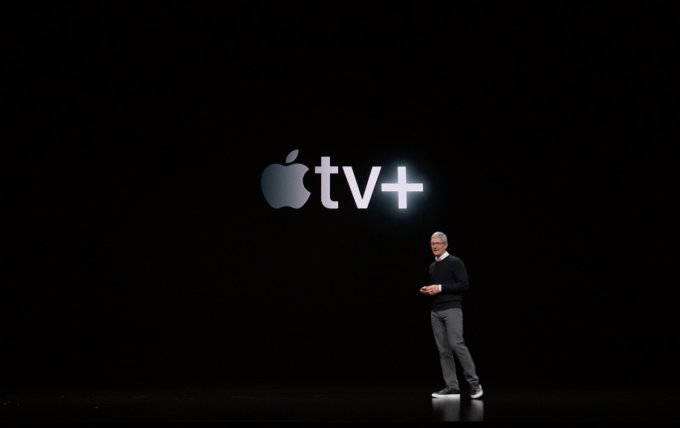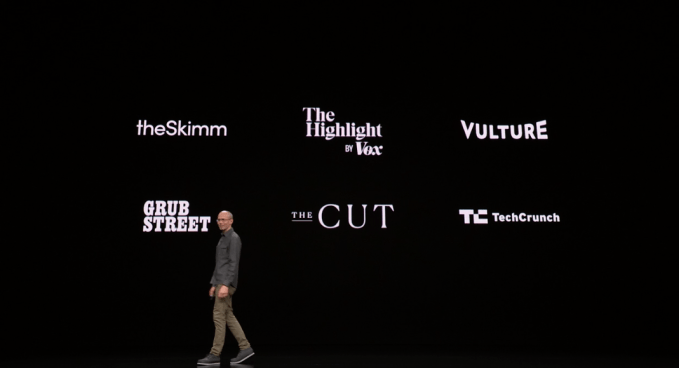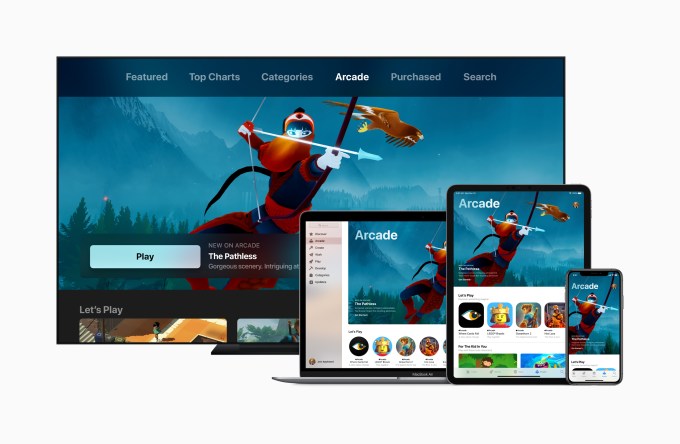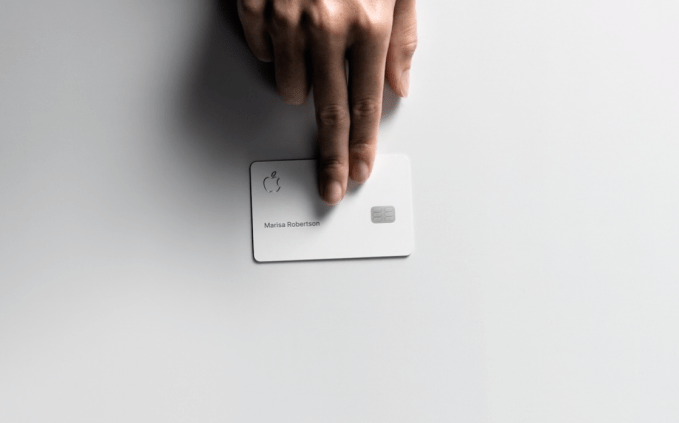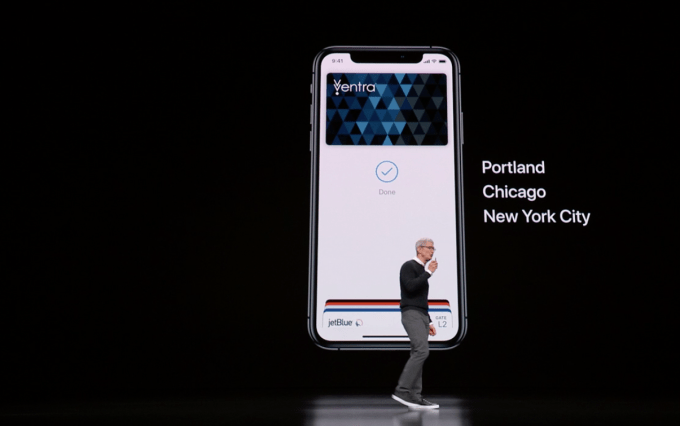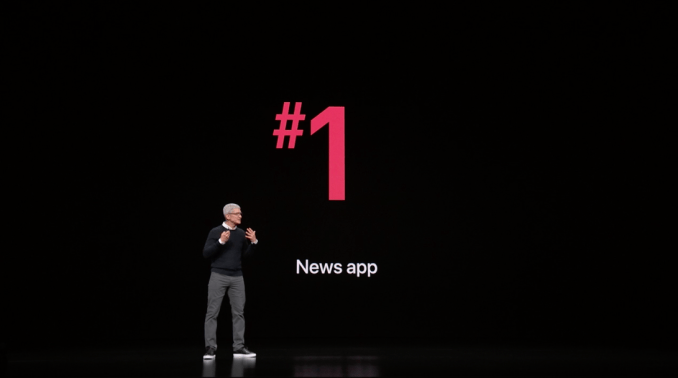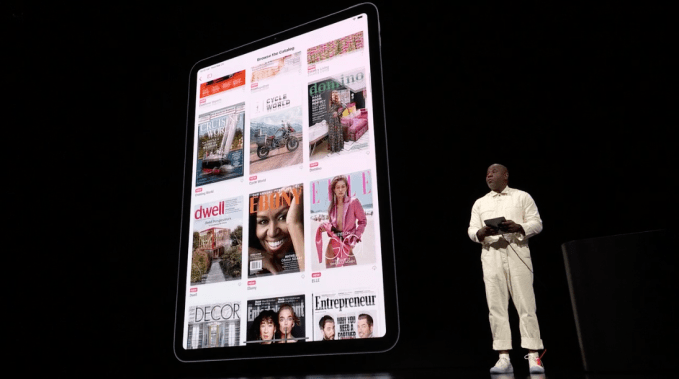The Daily Crunch is TechCrunch’s roundup of our biggest and most important stories. If you’d like to get this delivered to your inbox every day at around 9am Pacific, you can subscribe here.
1. Here’s everything Apple announced at its ‘Show Time’ event
Let’s see if I can get this all into one blurb: There’s the streaming service AppleTV+, the updated TV app with Channels (basically, subscriptions for other services), a $9.99 subscription for Apple News+ (including Extra Crunch) and a gaming subscription service called Apple Arcade.
Oh, and beyond the subscriptions, Apple is working with Goldman Sachs and Mastercard to launch an Apple Card.
2. Uber is paying $3.1BN to pick up Middle East rival Careem
After months and months of rumors it has finally been confirmed that ride-hailing giant Uber is picking up its Middle East rival Careem in an acquisition deal worth $3.1 billion — with $1.7 billion to be paid in convertible notes and $1.4 billion in cash.
3. McDonald’s is acquiring Dynamic Yield to create a more customized drive-thru
McDonald’s said it will use this technology to create a drive-thru menu that can be tailored to things like the weather, current restaurant traffic and trending menu items. Once you’ve started ordering, the display can also recommend additional items based on what you’ve already chosen.
4. European parliament votes for controversial copyright reform (yes, again)
An amendment that would have thrown out the most controversial component of the copyright reform — a.k.a. Article 13, which makes platforms liable for copyright infringements committed by their users — was rejected by just five votes.
![]()
5. Spotify acquires true crime studio Parcast to expand its original podcast content
Parcast is known best for true-crime and other factual serials in genres like mystery, science fiction and history.
6. NASA cancels all-female spacewalk because it didn’t have enough spacesuits ready in the right size
On Friday, NASA was planning to conduct its first all-female spacewalk, but realized it doesn’t have enough spacesuits that are the right size for its female astronauts.
7. Huawei announces smart glasses in partnership with Gentle Monster
Huawei is positioning the glasses as a sort of earbuds replacement, a device that lets you talk on the phone without putting anything in your ears. There won’t be a single model, but a collection of glasses with integrated electronics.
from Apple – TechCrunch https://ift.tt/2HKGs0W

